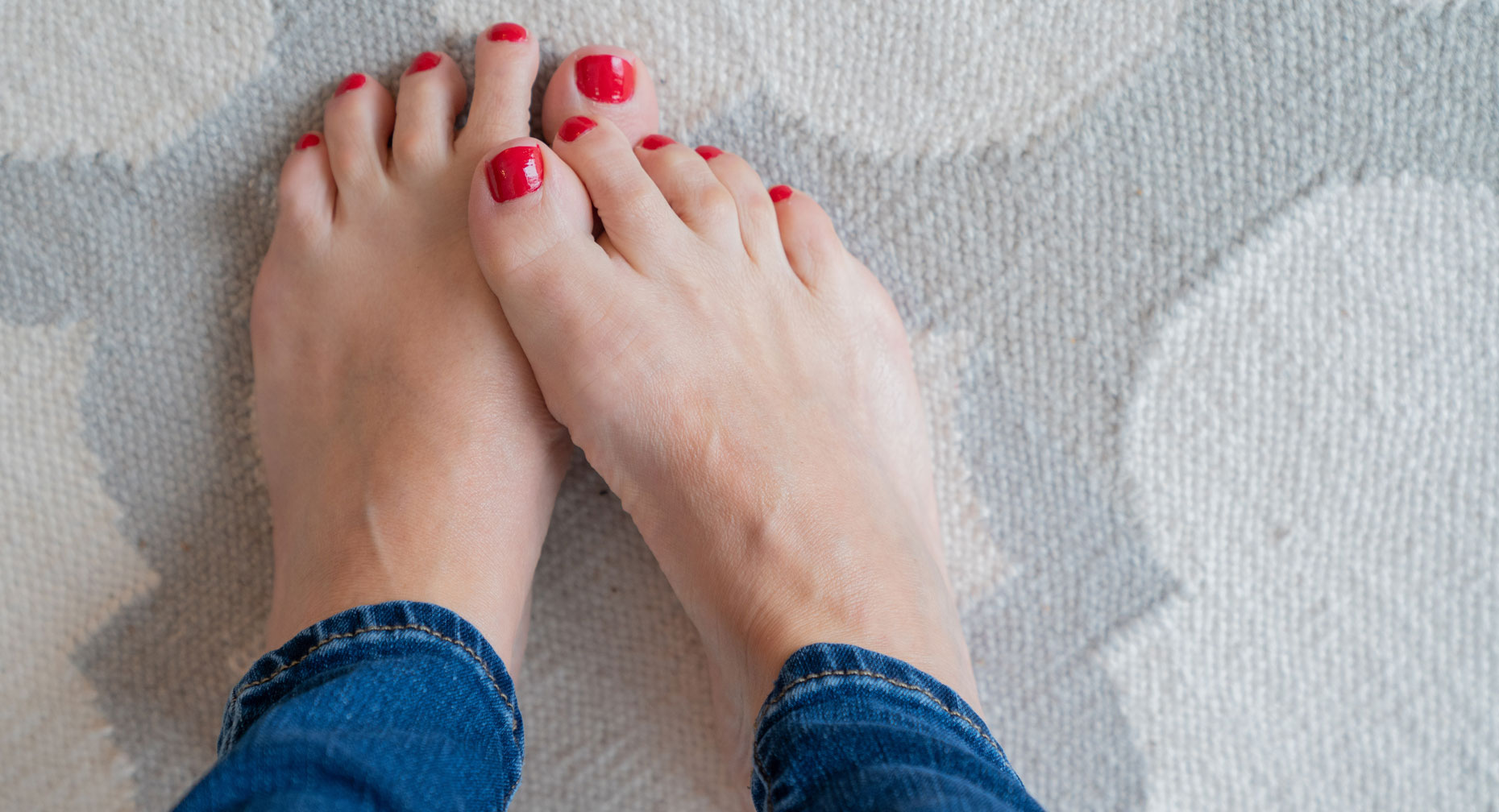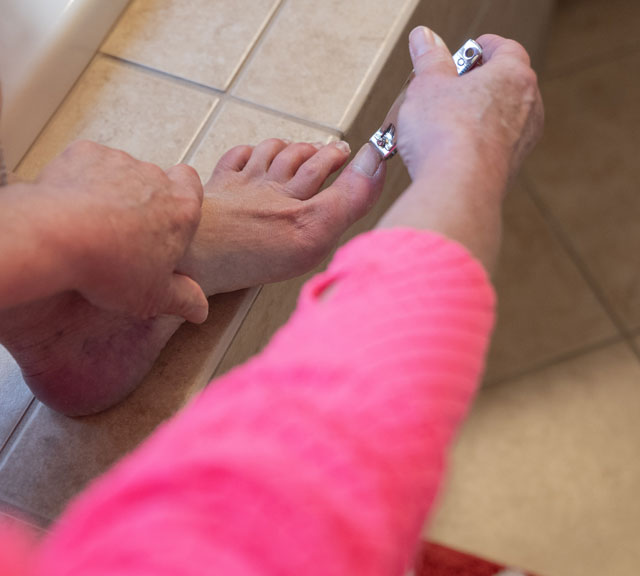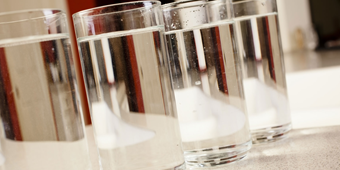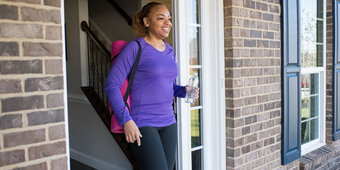Take These Steps to Better Foot Health with Diabetes

Answer a few questions and we'll provide you with a list of primary care providers that best fit your needs.
You depend on them to get you places every day, but chances are you don’t spend much time thinking about your feet. But if you have diabetes, it’s a different story. Your feet need extra care and attention to prevent little problems from turning into big ones.
Why Can Diabetes Lead to Foot Problems?
People with diabetes are more prone to foot problems. Over time, diabetes can cause you to lose feeling in your feet, which means you might not notice a cut or sore. Diabetes can also decrease the blood flow in your feet, which can lead to poor circulation. But most people can prevent any serious problems by following some simple steps.
Your feet need extra care and attention to prevent little problems from turning into big ones.
What Are the Warning Signs?

Pay attention as these may indicate foot problems:
- Pain, numbness, tingling, or loss of feeling in your feet, which can indicate a condition called neuropathy
- Changes in the shape of your feet and toes
- Sores, cuts, or ulcers on your feet that do not heal
How to Protect Your Feet
There’s a lot you can do to keep your feet healthy. Your doctor should perform a complete foot exam at least annually and more often if you have foot problems. In the meantime:
- Check your feet every day. Look for red spots, cuts, sores, swelling, blisters, and infected toenails.
- Wash your feet daily in warm (not hot) water. Don’t soak them because this can dry out your skin. Dry them carefully, especially between the toes.
- Keep your skin soft and smooth. Rub lotion on the tops and bottoms of your feet, but not between your toes. This can cause an infection.
- Keep them dry. Dry feet thoroughly after washing and use talcum powder or cornstarch to keep the skin between your toes dry.
- Trim your toenails regularly. Trim your toenails straight across with nail clippers and smooth the corners with an emery board or nail file. If you can’t do it yourself, ask your foot doctor to trim them.
- Wear shoes and socks at all times. Never go barefoot, even indoors. It’s easy to step on something and hurt your feet. You may not feel pain and not know that you hurt yourself. Wear comfortable, well-fitting shoes that protect your feet.
- Protect your feet from hot and cold. Wear shoes at the beach or on hot pavement. Avoid hot water bottles, heating pads, and electric blankets. They can burn your feet without your realizing it.
- Smooth corns and calluses gently. Talk with your foot doctor about the best way to do this. She may tell you to use a pumice stone to smooth corns and calluses after bathing. Do not cut them or use razor blades, corn plasters, or liquid corn and callus removers. They can damage your skin and trigger an infection.
- Keep blood flowing to your feet. Put your feet up when sitting. Wiggle your toes and move your ankles up and down for five minutes two or three times a day. Avoid crossing your legs or wearing tight socks.
- Be more active. Work with your health team to plan a physical activity program that’s safe for you. Move more by walking, dancing, swimming, or bicycling.
- Stop smoking. This important step — good for you in so many ways — can help improve circulation and reduce neuropathy in your feet.
Follow these steps, and you’ll keep your feet healthy and strong for the long run.
Answer a few questions and we'll provide you with a list of primary care providers that best fit your needs.
Source: American Diabetes Association; National Institute of Diabetes; American College of Foot and Ankle Surgeons




